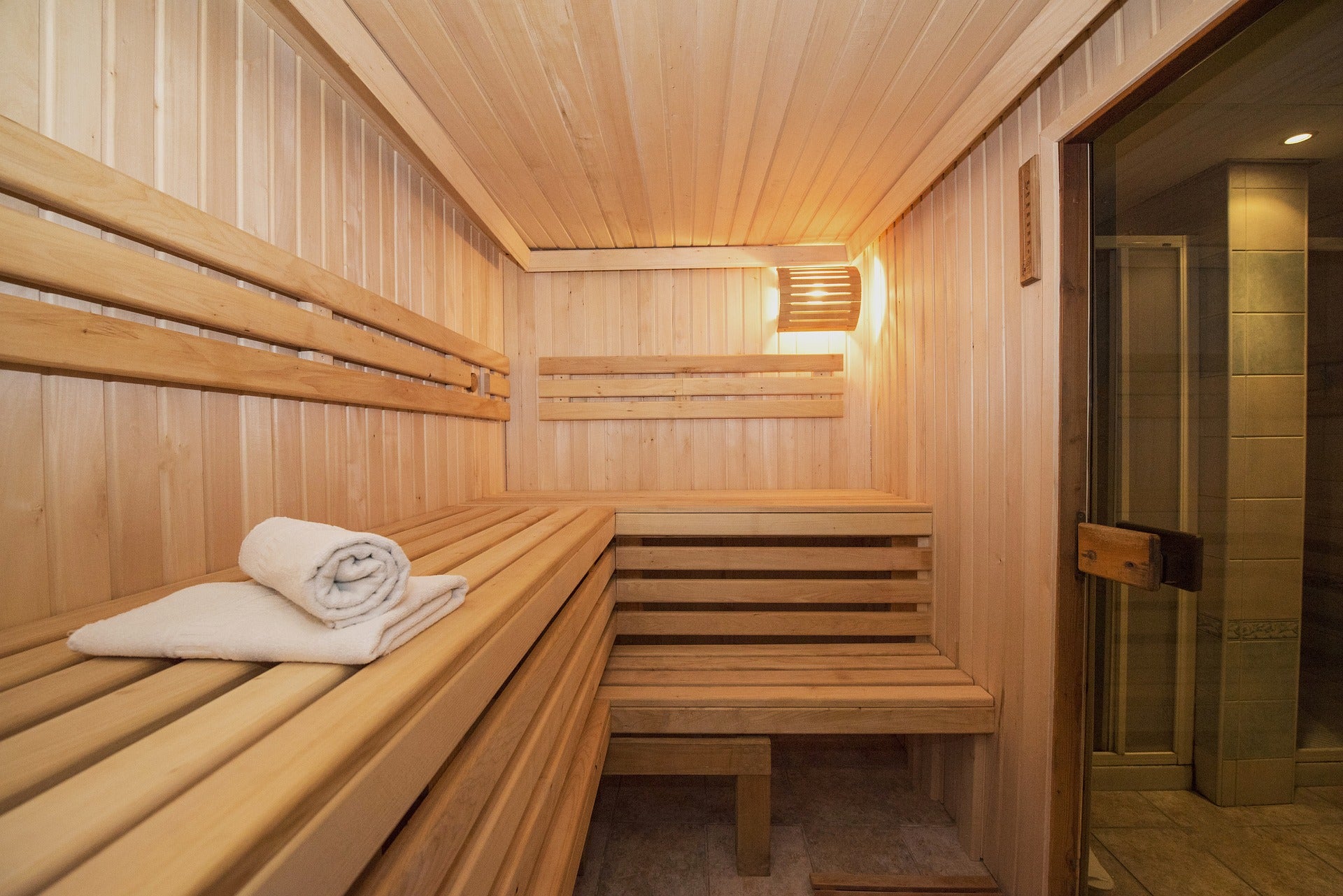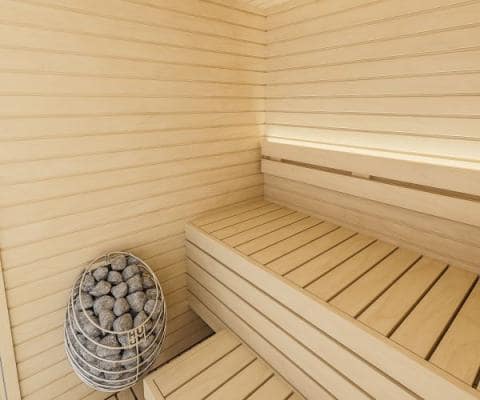Getting The Traditional Sauna To Work
Getting The Traditional Sauna To Work
Blog Article
Little Known Questions About Traditional Sauna.
Table of ContentsThe Basic Principles Of Traditional Sauna The 5-Minute Rule for Traditional SaunaThe Facts About Traditional Sauna UncoveredTraditional Sauna for DummiesNot known Details About Traditional Sauna
The majority of the weight shed in a sauna is water loss and is re-gained upon rehydrating. Without a doubt sauna can be a crucial part of a healthy and balanced weight loss program. To look at the differences between traditional and IR saunas, I will divide these right into proven, academic, and fabricated distinctions.Thus, the most popular factor in the saunawhich goes to the ceiling directly over the sauna heateris usually between 185 and 190 F. Claims that a traditional sauna goes beyond 200 F is merely not true and not appropriate for electric saunas offered in the United States. The temperature for a far-infrared sauna is generally established between 120 and 140 F; however, unlike the conventional sauna, the objective in and IR room is not to achieve a heat.
Due to this, the temperature distinction is almost irrelevant, given that extreme sweating results in both sauna kinds, but the approach of warming the body is various. In an IR sauna the bather will certainly feel warm and will sweat a lot, yet at a lot lower temperature levels. Traditional Sauna. Thus, if the objective is to spend longer durations of time in the sauna, the IR sauna is a good selection

Our Traditional Sauna Statements

When the heat is accomplished, the components cycle on and off to maintain the heat. Traditional Sauna. A lot of typical sauna individuals take pleasure in putting water over the rocks to develop steam to increase sauna moisture levels. The advantages of pouring water over the rocks consist of: making the room more comfortable, moistening the nasal passages, and enabling the usage of aromatherapy by mixing important oils with the water
In a far-infrared sauna, the warm front pass through the body to effectively warm the body and increase the body core temperature level. To achieve this increased temperature, Far-infrared emitters produce infrared energy which is close to the very same wavelength as that which the body naturally emitsoften referred to as the "Crucial Range" of 7 to 14 microns), so the energy is well obtained by the body.
When the power goes into the body, it triggers the body temperature to raise and eventually causes perspiration. In an infrared sauna it's essential for the emitters/heaters to continue to be on almost constantly. Given that there is no mass of rocks to retain warmth, the sauna will cool down if the emitters shut off.
The Only Guide to Traditional Sauna
As discussed over, the sauna bather in an infrared room intends to position himself in front of running emitters to get maximum take advantage of the heat. The heating time for the two areas can be really various, depending on how the spaces are utilized. For a standard sauna, a bather needs to permit 30-40 minutes for the room to accomplish a wanted temperature and to effectively pre-heat the rocks.
A well created sauna will usually achieve a temperature of 150-160 F in concerning 30-40 minutes. For hotter temperature levels, the area might need to warm for a longer period.

Traditional saunas often tend to be larger (thus make use of more electricity) than infrared saunas, although traditional over here saunas are absolutely available in one and two person dimensions also. For a two-person typical sauna, 5x6 or 5x7 dimension is most preferred. The top bench can easily seat two or three individuals and is also long sufficient to relax throughout the sauna session.
The Basic Principles Of Traditional Sauna
The typical price per kWH of power in the U.S. is about $0.11 - Traditional Sauna, so a 4.5 kW heating unit will cost approximately $.50 to run for one hour, if the heater runs constantly for one hour. Generally a sauna heater will certainly compete 75% of the very first hour and 50% of subsequent hours on since the elements cycle once the set temperature is accomplished
A two individual far-infrared area is usually literally smaller sized than a typical sauna, usually about 4' x 4' or smaller sized. The IR furnace is generally 1.5-1.7 kW utilizing a 120 volt 15 amp plug-in service. Since the room can be made use of earlier than a sauna space, we will presume the room is used for to of an hour including warm up time.
There is a rarely talked about distinction in the social experience in between the 2 rooms. While our society has lost some of the social benefit additional hints of the standard sauna experience, it can be really socially rewarding. From family time in the sauna, to heart-felt conversations with considerable others, to sauna partiesthe traditional sauna experience can cause intimate mingling.
Everything about Traditional Sauna
The majority of greater end infrared rooms include colored light treatment, noise systems and full-glass fronts.
Report this page